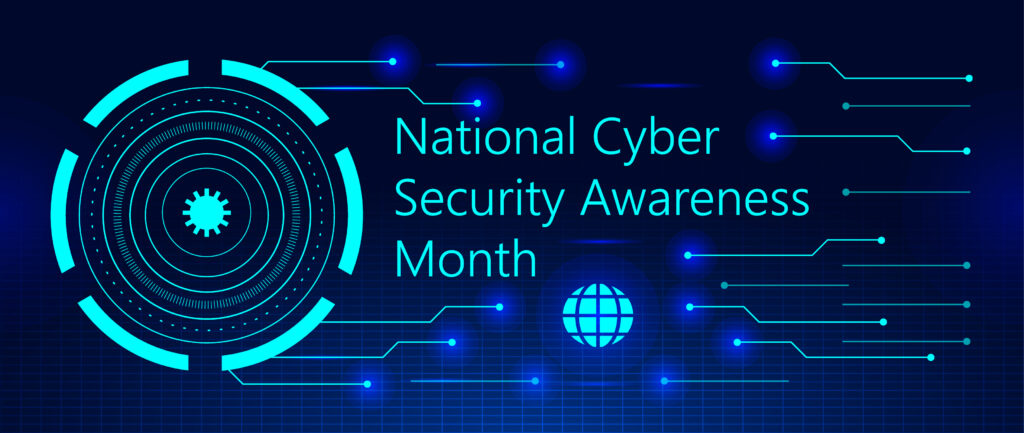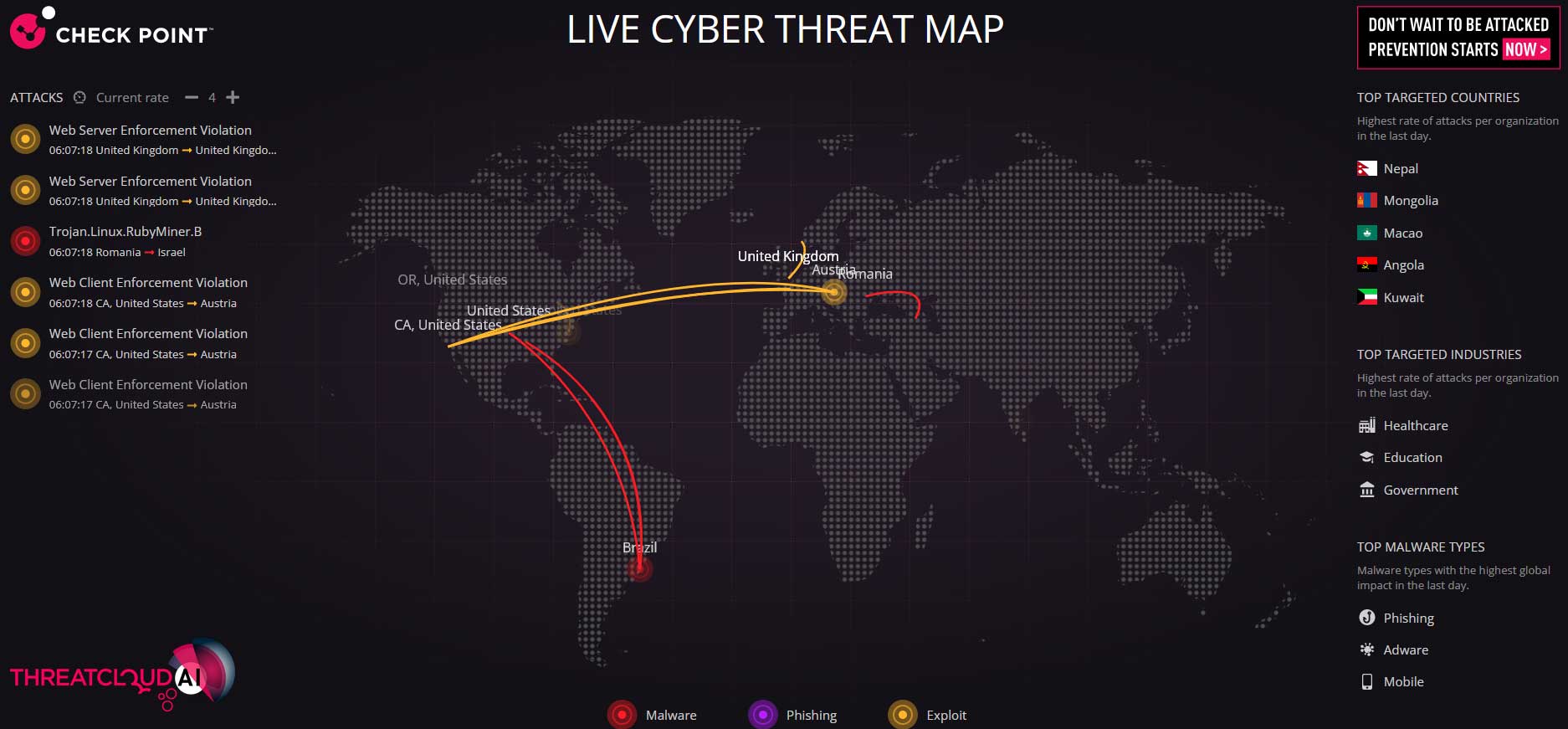
WELCOME TO THE OCTOBER 2025 NEWSLETTER
Cyber Scoop is KeyStone Solutions monthly newsletter about the latest trends, topics, and articles relating to cybersecurity. As a Managed Security Service Provider (MSSP), KeyStone’s expert team helps small to medium sized businesses with IT services including virtual Chief Information Security Officer (vCISO), cybersecurity, help desk support, Governance, Risk, and Compliance (GRC), cloud solutions, and KeyStone’s signature service, IT Team as a Service (ITTaaS) which is an all-encompass solution.
October is Cybersecurity Month

Cyber threats don’t just target large enterprises. Small and mid-sized businesses (SMBs) are increasingly in the crosshairs and many face cyber incidents that receive little public attention. Their data breaches rarely make headlines, even though the financial and operational damage can be severe. In fact, experts note that many small-business breaches go unreported, making it difficult to fully understand the scope of the risk. In fact, experts note that the underreporting of small-business breaches makes it harder to grasp the full scope of the risk.
A recent Mastercard survey of more than 5,000 SMB owners found that nearly half have experienced a cyberattack, and almost one in five of those affected were forced to close or declare bankruptcy as a result.
These findings highlight the urgent need for stronger cybersecurity awareness and prevention. To help you stay informed and protected, we’ve included several articles below that highlight current risks and real-world impacts.
- 10/10/25 – Magecart Hackers Hide in 404 Error Pages
- 10/9/25 – Discord Says 70,000 Users Had IDs Exposed in Recent Data Breach
- 10/1/25 – Delaware Rehab Facilities Settle Social Media and Breach Notification HIPAA Violations (Don’t let this happen to your medical practice! Let us help you ensure that you are compliant)
- 9/27/25 – Ohio’s Union County suffers ransomware attack impacting 45,000 people
- 9/23/25 – Fake Malwarebytes, LastPass, and others on GitHub serve malware
Be proactive and contact KeyStone if you would like a complimentary consultation to ensure your business is fully protected.
From The Desk of the CISO
The Hidden Threat of Shadow IT in SMBs
By Rob Ashcraft, CISO at KeyStone Solutions

In the fast-paced world of small business operations, agility and speed often take precedence over formal IT protocols. Employees, eager to solve immediate problems or improve productivity often turn to the use of unauthorized applications, cloud services, or personal devices, which are collectively known as Shadow IT. While these tools can offer short-term convenience, they introduce vulnerabilities and significant risks that small and midsized businesses (SMBs) are often ill-equipped to manage. Unlike large enterprises with dedicated security teams and robust monitoring systems, SMBs may lack visibility into the tools their employees are using, creating blind spots in their cybersecurity posture.
What Does This Mean for Your Business?
Commentary by KeyStone’s Rob Ashcraft

An article in The Hacker News begins with a real-world example of a data leak involving Chinese AI firm DeepSeek, where over a million sensitive log streams were exposed due to a misconfigured ClickHouse database. Wiz Research discovered the vulnerability and promptly reported it, allowing DeepSeek to secure the breach. This incident highlights the importance of proactive detection and rapid response in limiting the impact of data leaks. It also shows that even highly advanced technology companies can fall victim to basic configuration errors, reinforcing the need for strong hardening standards, continuous security testing, and well-defined incident response planning.
The article goes on to differentiate between intentional and unintentional data leaks. Intentional leaks are often linked to malicious insiders or external threat actors following successful phishing or social engineering attacks, while unintentional leaks usually result from human error, such as misdirected emails or excessive data sharing with third parties. This distinction highlights the diverse nature of data exposure risks and the importance of addressing both behavioral and technical vulnerabilities.
It also examines common causes of data leakage, citing misconfigured cloud storage, endpoint weaknesses, and insecure messaging platforms as frequent sources. The growing use of Shadow IT, when employees adopt unauthorized tools or services, introduces additional security risks. Weak access controls, poor data classification, and inadequate monitoring further compound the problem. Together, these factors point to the need for strong encryption, comprehensive visibility across the IT environment, and an established incident response plan.
Lastly, the article highlights the serious financial and legal consequences that can follow a data leak. It stresses the importance of continued due diligence through employee training, policy enforcement, and automated detection tools. As cyber threats evolve and organizations handle increasingly large volumes of data, the message is clear: data protection must remain a strategic priority for every business.
Key takeaways:
-
- The constant reports of successful data breaches highlight the urgency of proactive data leak detection.
- Data leaks can be intentional or accidental, requiring both technical and human-centric defenses.
- Common vectors include cloud misconfigurations, endpoint vulnerabilities, and Shadow IT practices.
- Mitigation strategies must include strong access controls, encryption, employee training, continuous monitoring, and incident response planning.
Try Our 10-Second Instant Quote Estimate Tool
Our online 10-second quote tool is a quick and easy way to receive an estimated quote from KeyStone Solutions. In just a few clicks, you’ll get a fast snapshot of what our services might cost, giving you a helpful starting point as you explore your options.
Please note, this tool provides an estimate only. A detailed, customized proposal will follow after a full consultation with our team. Try it today and see how simple it is to get started!


